ORCID? ResearcherID? Scopus Author ID? Some Good Practices for Managing Your Profiles
- Is my Scopus Author ID accurate?
The first thing to be clear is, you do not need to create a Scopus Author ID – Scopus automatically creates one for you once you have a paper published in a journal that is indexed in Scopus. Scopus continues assigning your papers to your ID, given that you have used the same format of name and same affiliation in all your publications. There are chances that your publications may be split up into multiple Author IDs in Scopus. There are also chances that your works are not correctly attributed to you, but assigned to another author’s profile, simply because your names are identical. Therefore, it is important that you ensure that your Scopus IDs are merged and cleaned, before integrating it with ORCID. Click here to learn how to request a merge of Author IDs in Scopus.
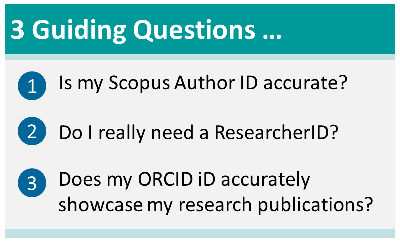
- Do I really need a ResearcherID?
ResearcherID is an author identifier integrated with Web of Science. You need to have a ResearcherID only when 1) you have publications indexed in Web of Science (e.g. SCIE, SSCI) indexed journals, and 2) Web of Science is a more recognized database in your research field. After you have set up a ResearcherID, you can import your publications either from Web of Science database, or from ORCID if you have already had publications there. In either way, your publications indexed in Web of Science journals will be automatically linked to the article page in Web of Science from your ResearcherID profile. Click here to know how to exchange publications between ORCID and ResearcherID.
- Does my ORCID iD accurately showcase my research publications?
Many publishers and research institutions are increasingly requiring their authors to have an ORCID ID. This is to reduce errors resulting from name ambiguity and that research works and other research related activities can be attributed to the correct researcher. Therefore, if you are considering a career in research or an academic institution, do register for an ORCID account.
Once you have had an ORCID, you need to enrich the account with your publications, either manually, or from a third party platform such as Scopus (via Scopus Author ID) and Web of Science (via ResearcherID). As a good practice, we suggest you to link up ORCID with Scopus first, and then ResearcherID (if you have a ResearcherID).
The flowchart below shows our suggested workflow of managing author profiles. Visit our guide to know how to do each one step by step. Contact us if you have any questions or problems regarding author profiles.
5 Tips to Raise Your Research Visibility
Additionally, there is a very important yet fundamental thing which all researchers need to be aware of – use a consistent name every time you publish. This is especially important for Asian names with an additional English name. Using a consistent name in all publications will reduce issues related to name ambiguity and ensures that your research publications and related impact are accurately displayed.
Here are 5 additional tips you can consider to raise your research impact:
Tip 2: Deposit your publications in PolyU Institutional Research Archive (PIRA) to increase the discoverability of your work in Google.
Tip 3: Build your online presence with social media such as blogs, Twitter and LinkedIn to promote your research to local and international audience.
Tip 4: Engage in academic social networks such as Mendeley, ResearchGate and Academia.edu to build network and engage in scholarly conversation.
Tip 5: Identify who has shared, discussed and cited your work with Altmetrics to see how far your work is reaching. Altmetric Bookmarklet and ImpactStory are some free tools to start.
Research Seminar “Guide to Getting Published” & Valuable Insights from Editors!
We were also privileged to have two PolyU Editors, Prof. Chin-Shan Lu and Dr. Tsz Leung Yip, to join the session and share their real-life experiences as journal editors. Prof. Lu and Dr. Yip are editors for the journal Maritime Business Review published by Emerald. During the question & answer session, both of them offered valuable insights to the participants on what editors look out for and how they will deal with submissions and reviewers. Here are a few questions raised during the session coupled with answers from the editors:
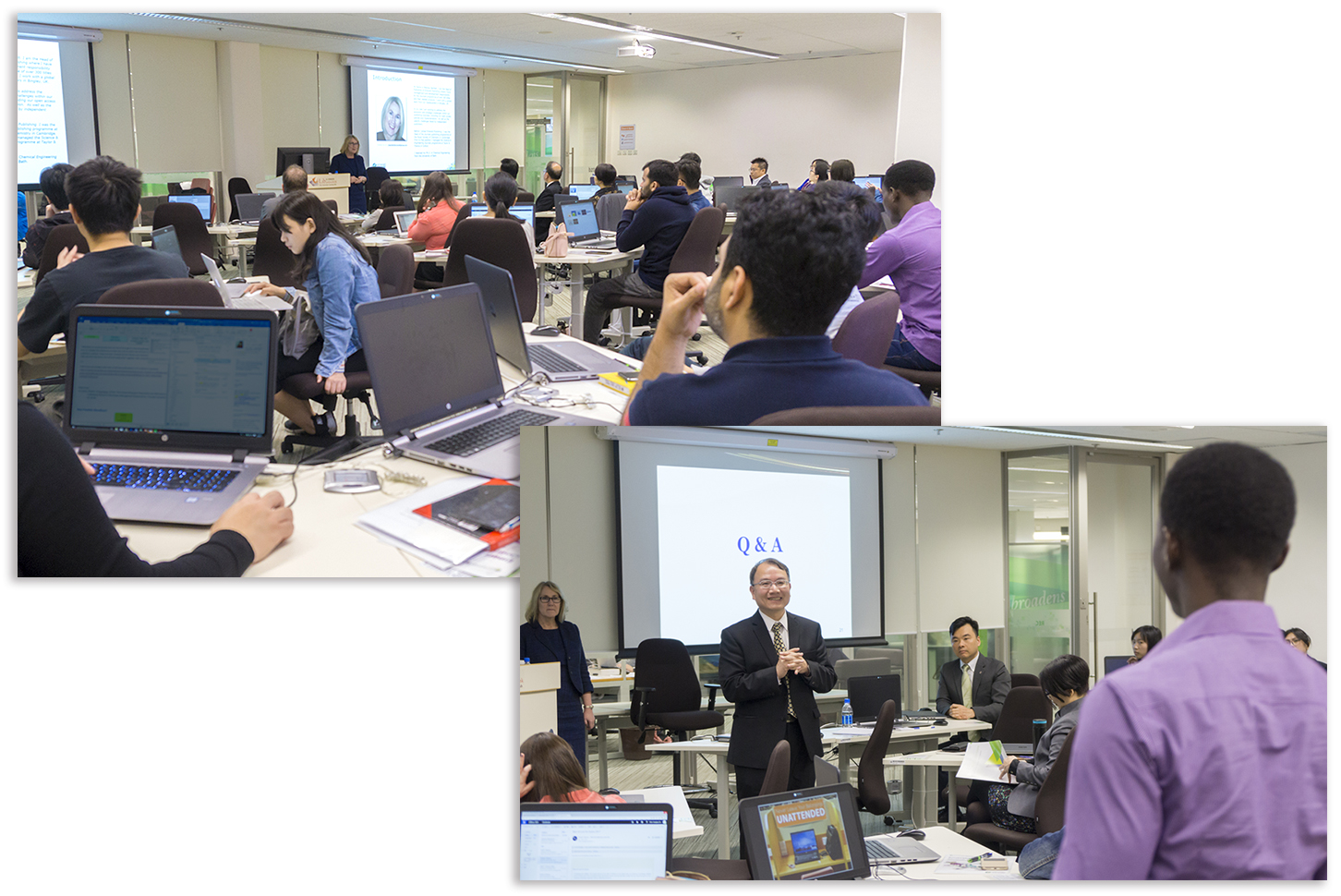
A: First, papers that are not in the scope of the journal will be rejected immediately (do check the journal’s scope carefully!); Second, papers lacking in originality and sound methodology. We may reject a paper because of poor language, but if the content is okay, we will reject but recommend resubmission after authors revised the language.
A: Always aim higher. Start from high impact journals, especially for your first paper. It’s very important to have your first paper published in a reputable journal because others can spot that from your CV. Try to publish the best part of your research in one paper, not bit-by-bit in several papers. If you try lower impact journals first and succeed, others may think that your paper has been rejected by many other higher impact journals before reaching “this level”. Always consult your supervisor or a more experienced author about how to select an appropriate journal in your research area – they may also know the “preferences” of journal editors!
A: First, most publishers will adopt double-blind peer-review model, which means reviewers do not know who you are and you do not know who are the ones reviewing your paper either. However, reviewers can draw some early conclusions regarding the “level” of the work based on the reference list of your manuscript - so select your references carefully! Publishers also publish many students’ papers, and they will definitely place greater value on the quality of the paper than the status of the author.
A: As long as your data and results have not been published by someone else, your data and manuscript are still valid. Even if the data are from 100 years ago, without being published, then they are still “new” to the audience. The most difficult part for any researcher is to try to be the first one to publish “new” data and analysis. Hence, the longer you hold on to data, the greater the risk of having someone else publish the data before you.
Researchers@Library – Your One-Stop Guide For The Entire Research Cycle
- How do I select sources to find the most suitable scholarly materials?
The selection of type of materials depends on the type of information you need. If you are working on a journal article, you will need to review other journal articles on your research topic; if you are working on a thesis or dissertation, then handbooks and books may be your starting point, followed by other thesis works and journal articles. Click here to know more details.
- How to ask for permissions if I need to reuse a copyrighted material in my work? Is it charged?
To reuse a part of the copyrighted work, e.g. figure, table, you will need to ask permission from the copyright owner, usually the publisher. However, the publisher does not always charge when granting a permission. For major publishers, you can request a permission directly from publisher’s site by filing out a simple form. Click here to see a real example.
- How can I format my references to meet journal’s requirement?
First, we suggest you to use a reference management tool (e.g. EndNote) to help you do citations and format references. Further, each journal (and publisher) defines its own citation style, which is usually specified in the instruction for authors on the journal’s website. Some journals may provide you a direct link to download the style, while some journals only provide the name of the citation style. In the case of EndNote, you can find most journals’ citation styles from EndNote Output Styles. Click here to know how to download, install and use a new citation style in EndNote.
- Are there any tools to help me pick up the right journal for my work?
Some publishers provide handy tools for picking up the best fit journals automatically. For example, Springer Journal Suggester, Elsevier Journal Finder, IEEE Publication Recommender and also the “Match” tool from EndNote Web. You can quickly select a journal by typing in the title and abstract of your work. Be cautious that the journal suggesters only recommend the journals within their own portfolio, and EndNote Web only suggests journals indexed by Web of Science. Click here to see some real examples.
- How can I identify reputable against questionable journals and publishers?
To identify reputable journals, there are three main factors you should consider:- Peer review: articles submitted to reputable journals must go through a rigorous peer review process before acceptance.
- Editorial Board: most reputable journals have an international Editorial Board, with members coming from established universities or institutions.
- Indexing: most reputable journals will be indexed in a familiar database (e.g. Scopus, Web of Science, PubMed).
Be aware of unsolicited emails which ask for submissions, especially to publish in Open Access journals. Many OA journals “publish” articles as long as you pay for the Article Processing Charge (APC) and they don’t care about peer review, which is a key process in scholarly publishing. These “predatory” journals not just take your money but also ruin your research work. There are also a few indicators to identify these journals, e.g., fake office locations, sloppy website with missing guideline, policy or contact information, ask for submission fees, etc. Click here to see more in details.
Contact us if you need further assistance from a librarian.


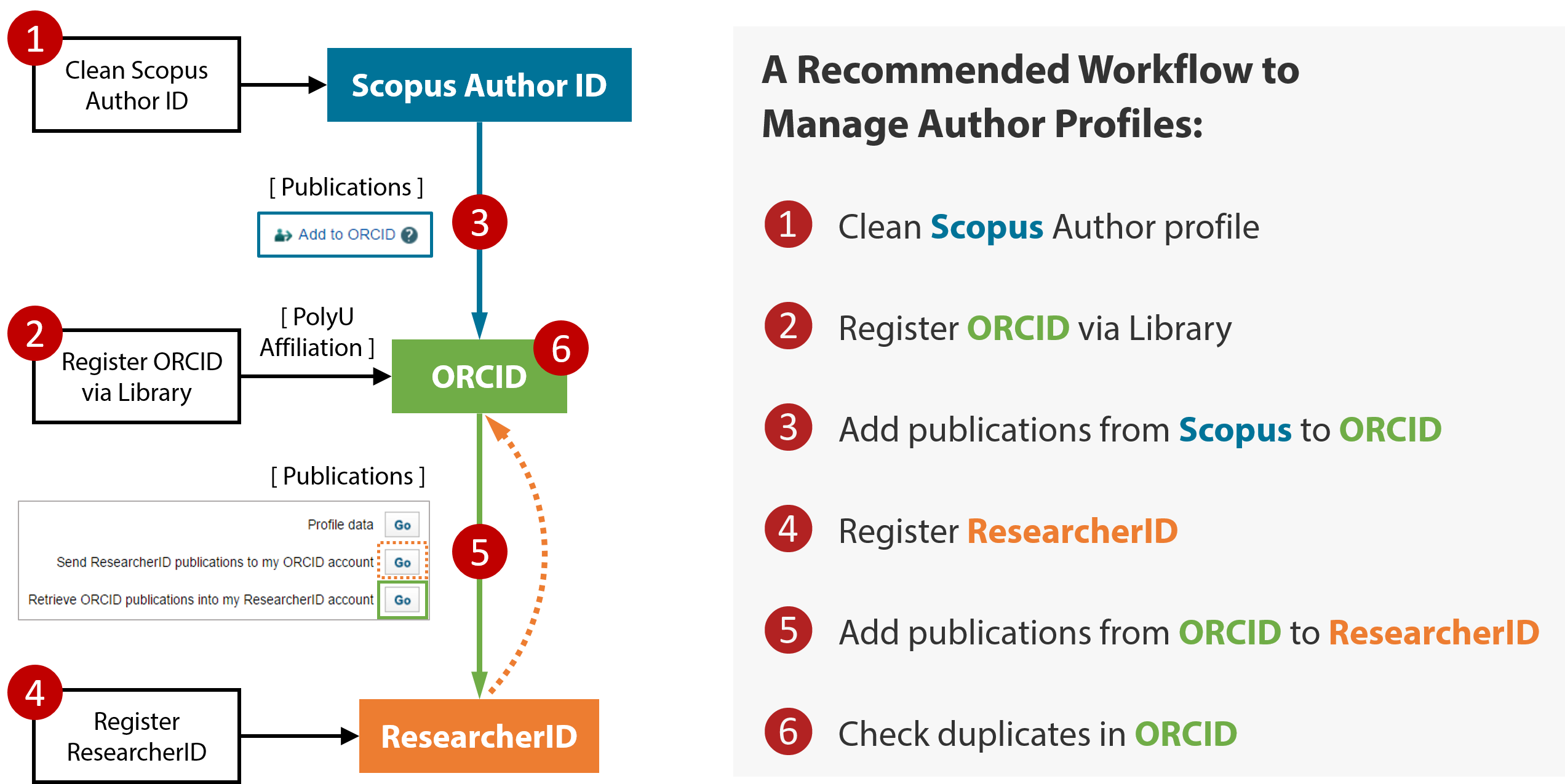
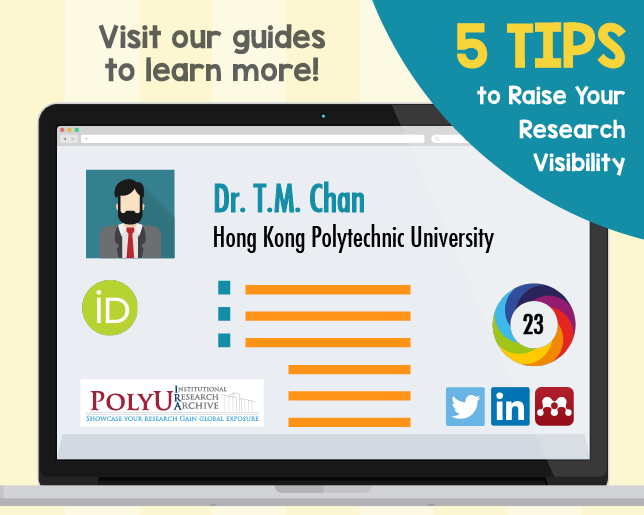
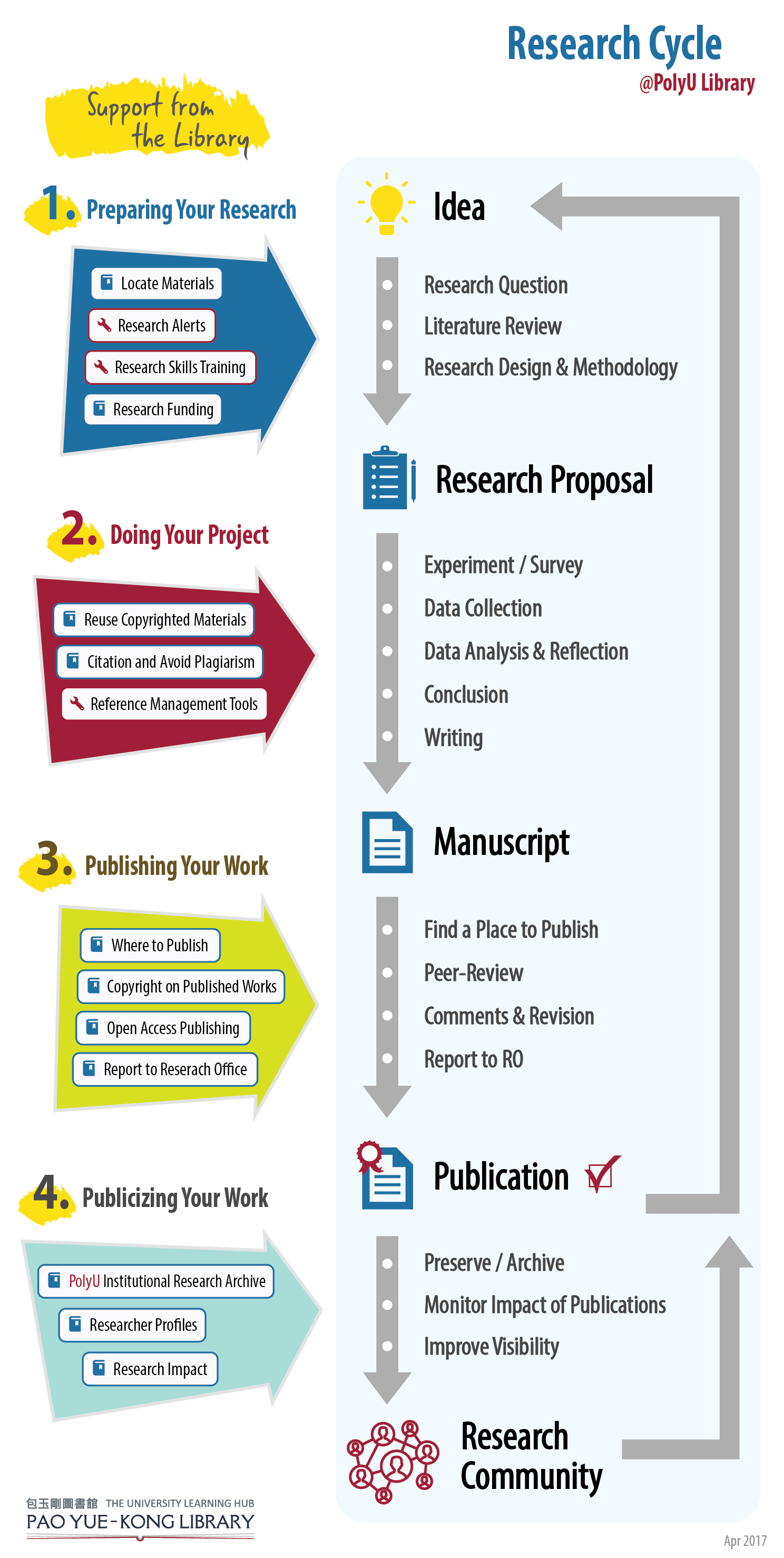

 PolyU Library AI Chatbot
PolyU Library AI Chatbot